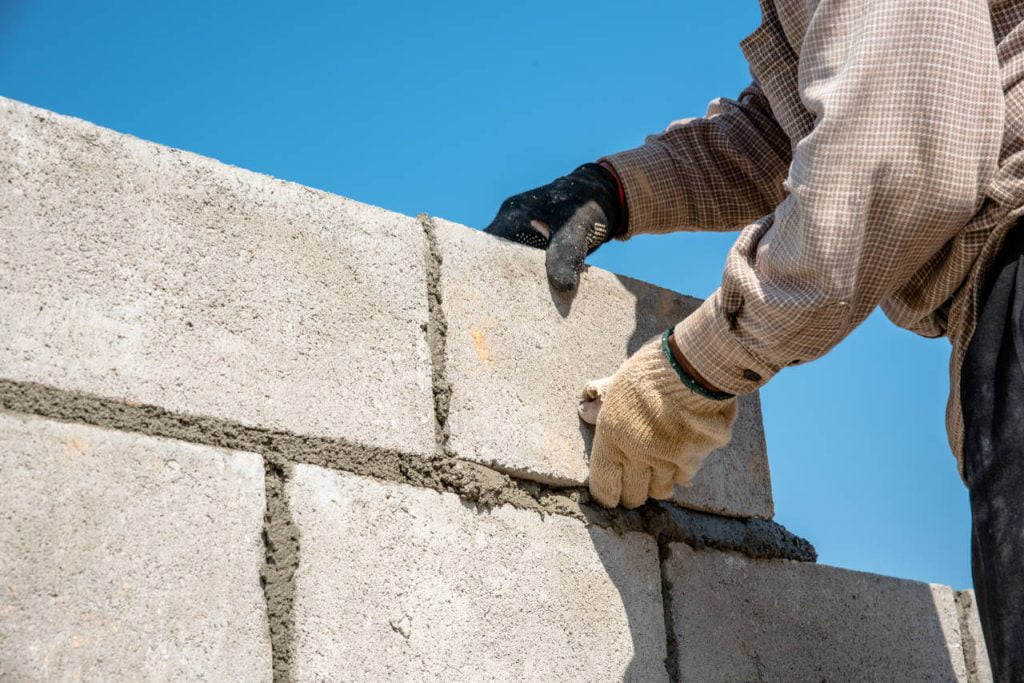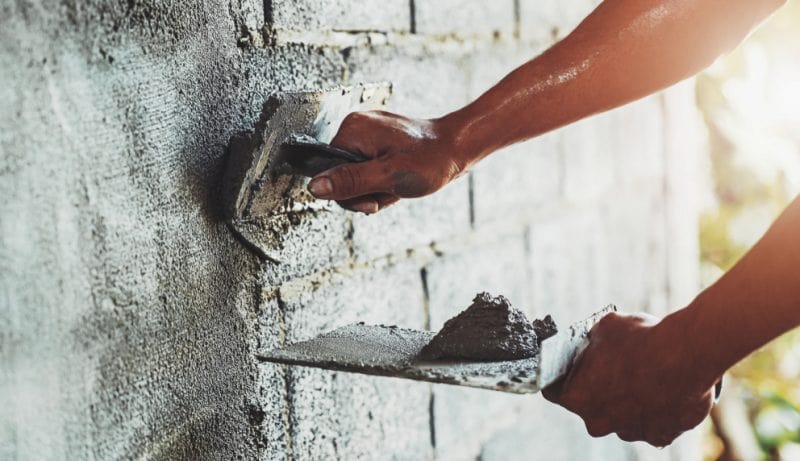Table of Contents
Cement mortar is a homogeneous mixture of cement, sand, and water in a suitable proportion. We will discuss different grades of cement mortar, their ratio, and their uses based on a ratio.
What is a grade of cement mortar?
~ Grade of cement mortar is the minimum Strength that the quality-controlled cement mortar possesses after 28 days of construction.
✔ There are different grades of cement mortar like MM1.5, MM3, MM5, MM7.5, etc.
{Note:
In MM3 mortar;
“MM” stands for Mortar Mix & “3 “Stands for Compressive Strength in N/mm². }
✔ The ratio of cement to sand should generally be 1 : 3 to 1: 6 for the mortar to be workable and strong.
✔ The use of mortars of lower cement content is unsatisfactory since any notable reduction in cement contents leads to reduced workability and less cohesion and will produce porous joints with a tendency for low frost resistance.
✔ 1: 8 cement mortar is nearly twice as strong as 1: 3 lime mortar.
Other Information
✔ Sometimes, the addition of admixture is required in the cement mortar to make it more resistant to water and chemicals.
Portland cement is commonly used in the preparation of cement mortar.
Priority should be given to PPC compared to OPC, looking at the situation.
✔ Cement Mortar is the strongest type of mortar and is therefore preferred for use in the construction of structures subjected to heavy loading.
1. Different Grades of Cement Mortar
| Grade of cement mortar | Mix (by Loose Volume) | Compressive Strength at 28 days (in N/mm2) | |
| Cement | Sand | ||
| MM 0.5 | 1 | more than 8 | 0.5 to 0.7 |
| MM 0.7 | 1 | 8 | 0.7 to 1.5 |
| MM 1.5 | 1 | 7 | 1.5 to 2.0 |
| MM 3 | 1 | 6 | 3.0 to 5.0 |
| MM 5 | 1 | 5 | 5.0 to 7.5 |
| MM 7.5 | 1 | 4 | 7.5 to above |
2. Field Practice: Grades of Cement Mortar
a. Masonry Construction:

Ordinary masonry work with brick/ stone as a structural unit. – 1:3 to 1:6
For reinforced brickwork – 1:2 to 1:3
For all work in moist situations – 1:3
For Architectural work – 1:6
For Load Bearing structures – 1:3 or 1:4
b. Plaster Work:

For External Plaster and Ceiling Plaster – 1:4
Internal Plaster (If sand is not fine, i.e. Fineness Modulus> 3) – 1:5
For Internal Plaster (if fine sand is available) – 1:6
For Ceiling – 1:3
c. Flooring Work:
Mortar ratio – 1:4 to 1:8
d. Pointing Work:
Mortar ratio – 1:1 to 1:3
Note: Cement Mortar richer than 1:3 should not be used for regular works to prevent shrinkage.
3. References1. IS 2250(1981): Code of Practice for Preparation and Use of Masonry Mortars ( As per government ) 2. Content Filter & Authenticity Checking Team, Dream Civil International (Our team checks every content & detail to maintain quality. ) |
| Read: Everything About Cement Masonry |

